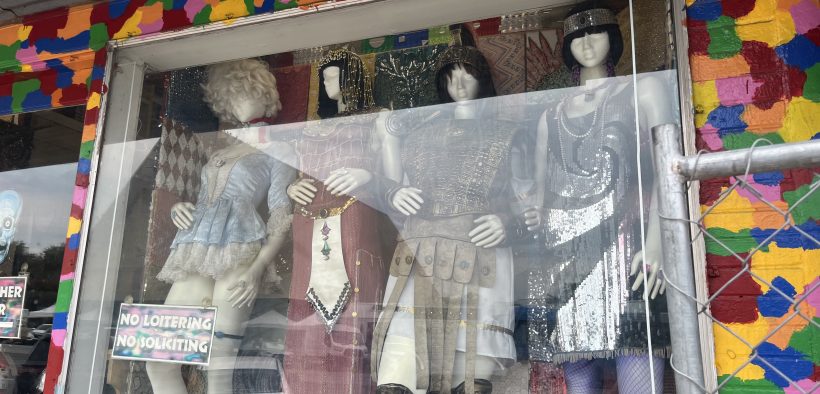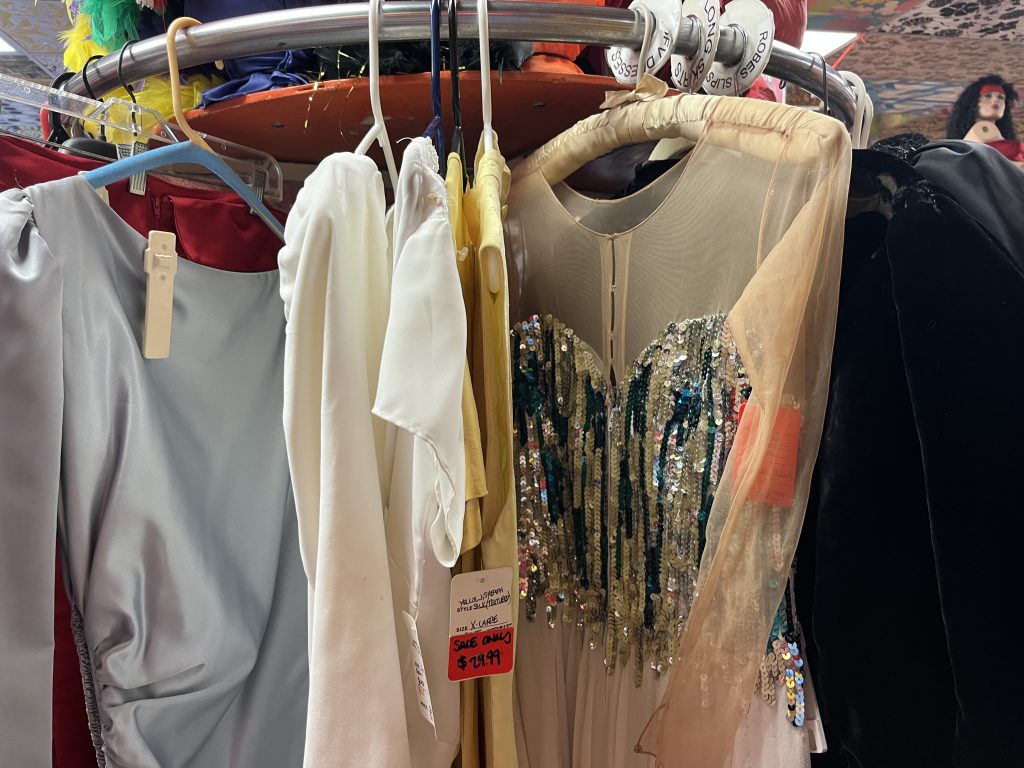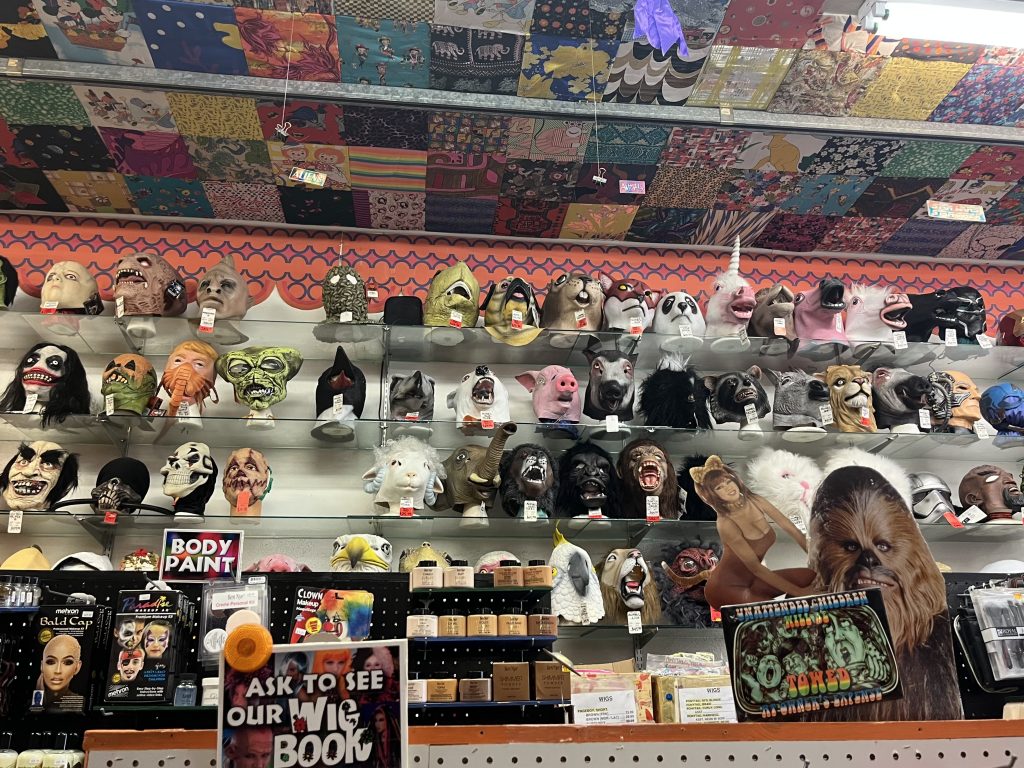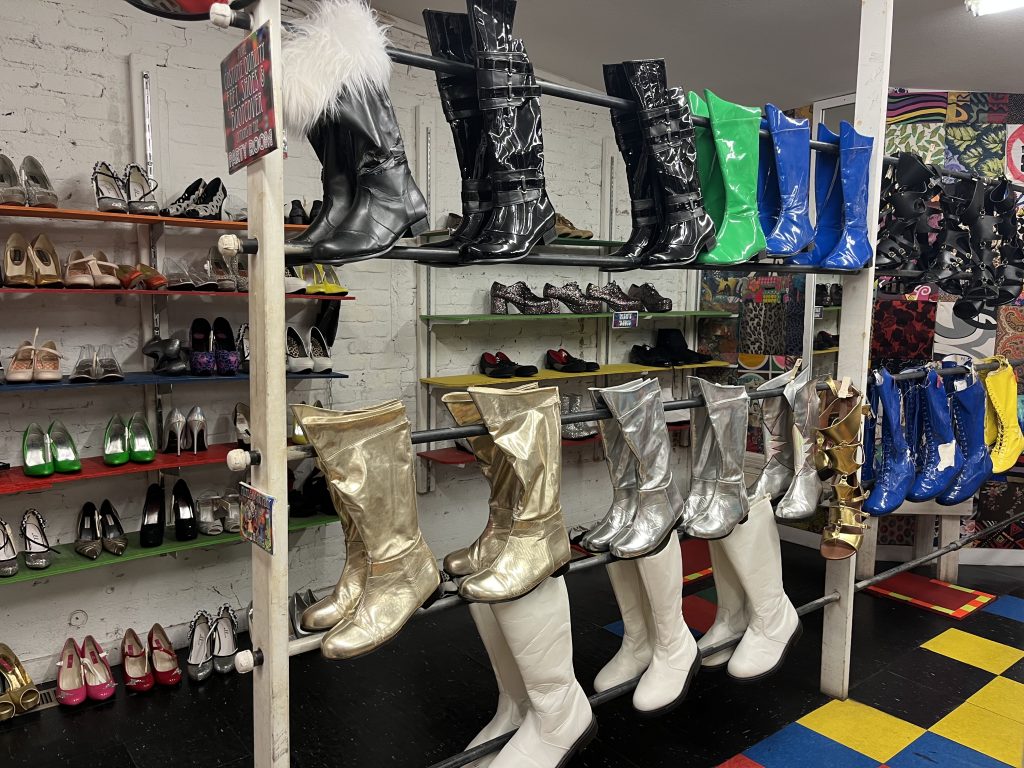A Timeline of Halloween Costumes
Share

It’s October 31st – the one night of the year when Wonder Woman, a goblin, and a firefighter can all attend the same party, and somehow fit the same theme. The possibilities for Halloween costumes are endless – you can impersonate any fictional character, pose as any occupation, or sport any fashion you’ve been hesitant to wear on a regular basis. You can even dress as an inanimate object– like a crayon or an avocado! If you can think it, you can wear it. This annual celebration encourages the freedom of self-expression like no other holiday! The boundless possibilities for Halloween attire raise numerous questions about the historical timeline of Halloween costumes. The versatile nature of traditional Halloween costumes makes me wonder why we started dressing up to begin with and how these trends have changed over time.

Halloween started as the ancient Celtic Festival of Samhain, (pronounced sow-when) celebrated about 2,000 years ago in northern France, the United Kingdom, and the area that is now Ireland. At this time of the year, it was widely believed that the barrier between the world of the living and the underworld was exceptionally thin. This was thought to enable the intermingling of dead and living souls. The tradition of dressing in frightening, ghostly attire began with the intention of disguising oneself as an evil spirit, to avoid hauntings and curses from these unwelcome visitors. The main objective of the earliest Halloween costumes, above all else, was to remain anonymous. For this reason, the costumes generally implemented face masks. Animal skins and heads were commonly worn to camouflage the living among the dead. In medieval England and Ireland, people dressed to impersonate these demons, and would run from door to door, singing and reciting the lines of folk plays in exchange for food. This early tradition lit the jack o’lantern for the well-known, modern day practice of trick-or-treating.
In the mid-1850s, Irish and Scottish immigrants fleeing the Potato Famine brought their Halloween traditions and folklore with them to the United States. The Roaring 20s hosted the first Halloween masquerade balls. The 1930s marked a notable shift in Halloween costume trends, with the initiation of cartoon character costumes. Popeyes sailed down sidewalks and Mickey Mouses squeaked “trick-or-treat!”. People of this time also began drawing from social outsiders as inspiration for their Halloween attire. Gypsies, pirates, and even homeless people became prevalent in Halloween fashion.

World War II marked a temporary dwindle in the Halloween frenzy. Due to widespread economic shortages, most children crafted Halloween costumes by hand from old clothes and random household objects. The Halloween craze had momentarily deceased – but homemade costumes, like the iconic bedsheet ghost, brought it back from the dead. In the late 40s, television began to popularize comic character and superhero costumes. However, the archetypal, spooky outfits continued to dominate the scene. Phantoms haunted front porches and witches cackled through the night. The Western Films of the 1950s heavily influenced the costume market, as cowboys began trotting from house to house. During the 1960s, the majority of people ditched their masks, expressing a preference for costumes that showed their faces. Throughout these years, costumes became exceedingly more store bought, rather than homemade. In the late 1970s and early 80s, numerous critically acclaimed slasher films inflated the popularity of gory, gruesome costumes. Chainsaw murderers began to drip fake blood from house to house and glare into American living room windows. This new craze started with the release of John Carpenter and Deborah Hill’s 1978 Halloween.
Halloween pop-up stores, such as Spirit Halloween and Halloween Express, were launched in the 90s. These businesses contributed to a higher accessibility of Halloween apparel throughout America. Sexy Halloween costumes took the market by storm in the 90s, leveraged by big-name films, such as the newly released Clueless. Fishnet tights and mini skirts strutted the streets. The unspoken but widely understood goal of the sexy Halloween costume was to wear the least amount of clothing possible, while still portraying a discernible character. The 21st century gave headway to anime and video game character inspired get-ups. Moreover, Awareness surrounding culturally inappropriate costumes has substantially increased within the past five years. For instance, Native American, ninja, Bollywood dancer, and nun outfits have all been recently reevaluated for political correctness. Although these outfits are still sold in U.S. Halloween stores, people are discouraged from wearing them unless their cultural identity matches the one the costume represents.

